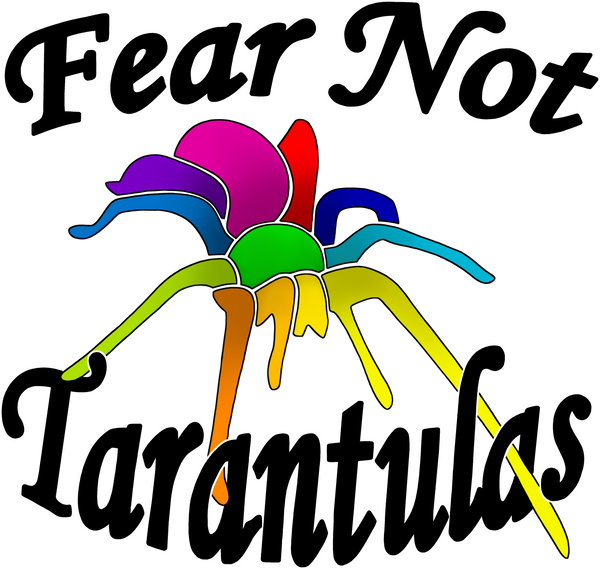About: This highly sought after species is one of my favorites. They are brightly colored, don’t usually hide from you, eat very well and are very easy to care for. Adult GBBs have a vibrant orange abdomen, metallic blue legs, a blue-green carapace and is covered with orange hairs, and It is a great experience to raise one up from a spiderling and watch it change with each molt. This species can be bolty, and will not hesitate to kick hairs when disturbed. That being said, this is an excellent display tarantula! They are often out in the open, perched on their intricate webbing. They are very low maintenance and a pet you can leave for a couple of weeks with no worries. Feeding time is always fun with these guys as they are aggressive eaters and will wrestle and take down prey with great gusto. Their natural habitat is arid and fairly dry, so keep them on the dry side but we do recommend overflowing the water dish to provide a small moisture gradient.

From Tom’s Big Spiders
This can’t be a real tarantula…
When I first began researching what type of tarantulas I might get to start my collection, I encountered a photo of a spider so colorful and beautiful, that I was at first convinced that it was a clever Photoshop creation. With its shimmering blue legs, metallic aqua carapace, and stunningly vibrant orange abdomen, this animal looked too striking to be real. A quick search revealed this amazing specimen to be the Chromatopelma cyaneopubescens, common name Greenbottle Blue or GBB for short.
Immediately interested, I began researching the GBB to learn care requirements, temperament, and cost. Surely this unique tarantula commanded high prices like the equally beautiful P. metallica? Or, being new to the hobby, would I be overwhelmed by this spider’s temperament or husbandry requirements? I was delighted to learn that, despite being a bit skittish and faster than many recommended “beginner species”, the GBB’s heartiness and ease of care made it approachable for someone relatively new to the hobby.
Home Sweet Home
GBBs originate from an arid, tropical desert region in Venezuela, where they live in heavily-webbed burrows under local foliage. When researching, I discovered many older accounts by keepers who said that GBBs were a fragile species that was difficult to keep alive in captivity. For years, many kept this spider in moist enclosures with damp substrate and constant misting. As GBBs hail from an arid region, these wet, stuffy enclosures often proved fatal. GBBs should be kept on dry substrate in well-ventilated enclosures. As slings are more vulnerable to dehydration, you can moisten the edge of the enclosure and a corner of the substrate once a week (Do not spray; several drops from an eyedropper will suffice). For juveniles an adults, a water dish will provide any water they may need. To see the rest click here.


